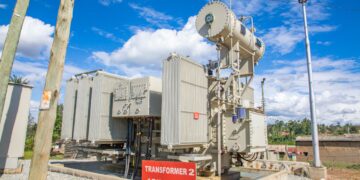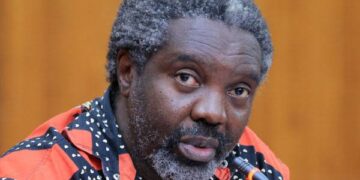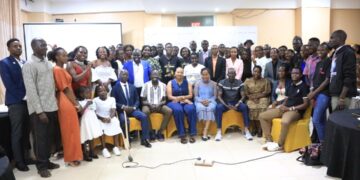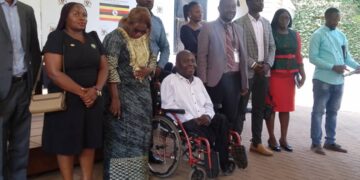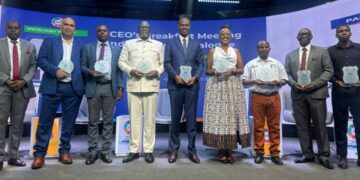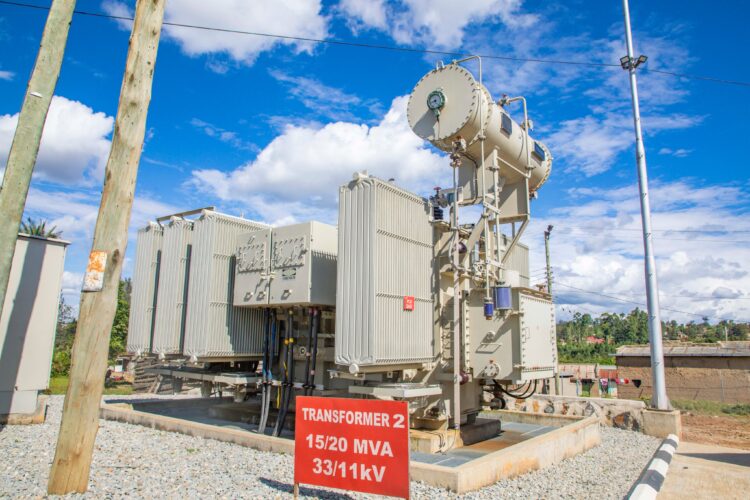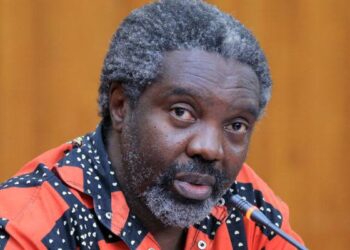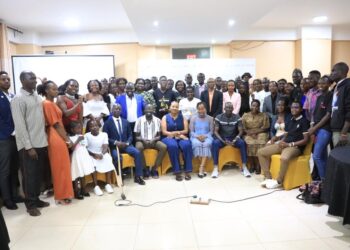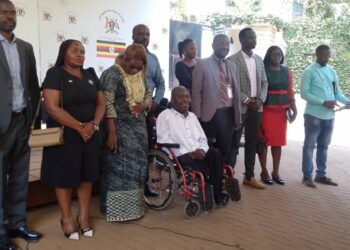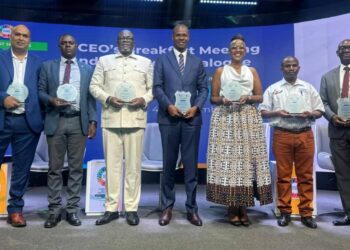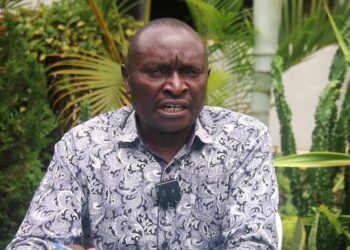OPINION
Editor, recently the media reported that government of Uganda through the ministry of energy and mineral development signed the agreements with the Uganda Electricity Distribution Company Limited (UEDCL), unlocking (USD638million) Shs 2.3 trillion under the Electricity Access Scaleup Project (EASP). The signing ceremony, was held on 11th July 2025 at the Petroleum House in Entebbe. During the ceremony , the ministry permanent Secretary, PS Eng. Irene Pauline Bateebe Okello noted that the deal was a milestone in Uganda’s energy transition journey.
She stated that since 2023, EASP backed by the world bank, it is expected to facilitate 1,0755,000 new electricity connections by 2027 with UEDCL taking over 900,000 household connections whereby the project seeks to boost national access from 60% to 100% by 2030, aligning with Uganda’s vision 2040 and the national development plan IV.
Although the government has markedly increased the nation’s installed electricity capacity from 609.4 MW in 2012 to 2048.1 MW by the end of 2024 and implemented policies such as the Free Electricity Connection Policy (2018–2027) to boost rural electricity access to 60 % by 2027, national grid electricity access stands only at 25.3 %, with rural access at a mere 9.1% according to the 2024 UBOS report.
It should be noted that in 2022, the World Bank allocated U.S. $568 million (Sh2 trillion) to Uganda’s Electricity Access Scale-up Project, which aims to increase electricity access for households, businesses, industrial parks, and public institutions however, despite these initiatives, progress remains slow, therefore substantial investment and policy reforms are needed to achieve universal electricity access in Uganda.
According to the world bank, the most key challenges facing Uganda’s energy sector is high cost of electricity tariffs which makes it difficult for business to operate and for households to afford basic electricity services. Therefore, the government should invest in reducing the cost of electricity generation and transmission.
Power fluctuations and outages are prevalent in places with an unreliable grid, causing frequent interruptions in the availability of electricity. These disruptions linger for several days or even weeks, making it challenging for most households to access power to carry out their daily activities. For instance, most households use power to carry out daily tasks, including cooking, lighting, and operating business-like shops among others.
In conclusion therefore, I call on the Ugandan government, ministry of energy an mineral development to improve rural electrification by investing in grid and off-grid solutions, to foster public-private partnerships, and address affordability and reliability concerns.
By Nuwamanya Mercy
Email: nuwamanyamercy94@gmail.com
